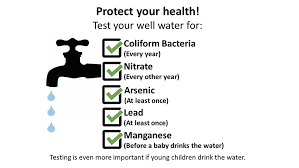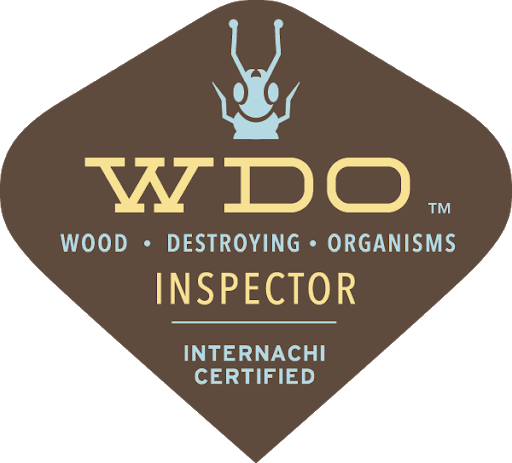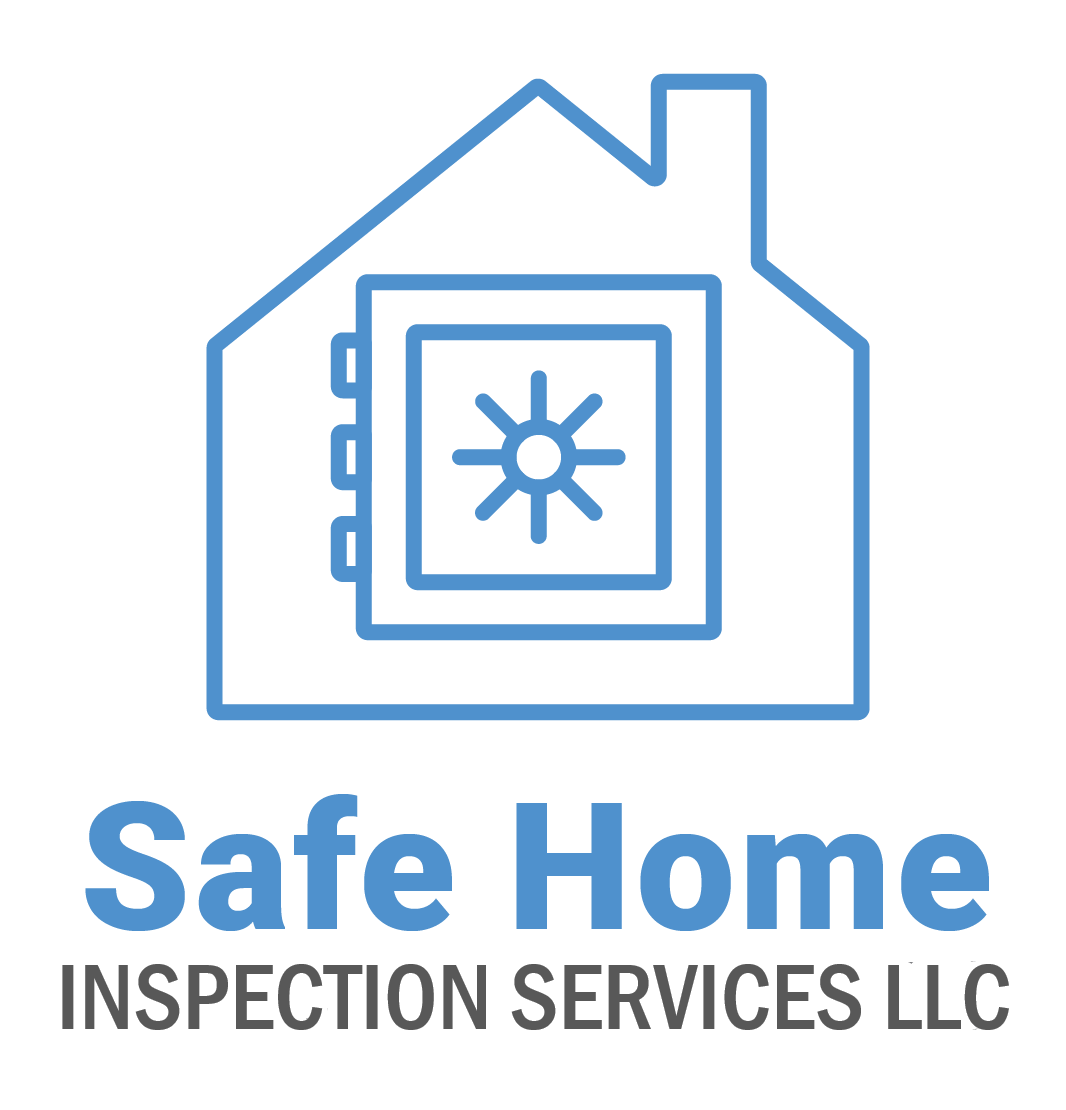-
Your Home Inspection
With your home inspection, you will get a detailed and comprehensive inspection report with photos, which will serve as your guide for as long as you own the home. It not only describes the house components and their condition, but also provides insight into what improvements will be necessary, and when.
Your home inspection report will describe each of the major systems of the home, including:
Roof, Exterior, Structure, Electrical, Heating, Cooling, Insulation, Ventilation, Attic, Crawl Space, Plumbing, Interior, Basement, Foundation, Windows, Doors, Garage, Driveways, Walkways, Patio, and Decks
The report addresses the condition of each of these systems. Any recommended repairs, replacements or improvements are clearly documented. The report also includes a summary of significant issues for quick reference.
The summary is often the most important part of the report for people making their purchase decision. Once you’ve moved into your home, you’ll likely find more detail is required, and that’s when the body of the report becomes most useful.
Home Safety Tips
The report will provide you with a number of home safety tips, addressing everything from smoke detectors and carbon monoxide detectors to overhead garage door openers.
Home Maintenance Tips
The home is a very significant investment for most people. Good preventative maintenance is a great way to protect your investment. Our home inspection reports include a maintenance section to help make sure that your home continues to be safe, comfortable, and efficient.
-
 What is Radon?
What is Radon?Radon is a naturally-occurring radioactive gas that can cause lung cancer. Radon is the number 2 leading cause of cancer. Radon is an invisible, colorless, and odorless radioactive gas. Outdoors, radon disperses rapidly and, generally, is not a health issue. Radon becomes trapped indoors after it enters buildings through cracks and other holes in the foundation. Safe Home Inspecton Services performs a testing service to provide you with the information to keep your family safe. We offer this testing for an additional fee.
-
Mold Assessment

The Mold Assesor will perform a thorough visual inspection of the affected mold area. In addition to looking for visible mold growth and odor, they may use a moisture meter and, in rare cases, conduct a mold sampling. The mold assessor will also attempt to identify the underlying source of the moisture that is causing the mold growth. To assess the level of mold contamination, the assessor may need to move furniture, lift or remove carpets, check behind wallpaper or paneling, and look inside ventilation ducts or wall cavities. After the mold assessor completes his inspection, The mold assessor will then provide a detailed report for the mold remediation company to use as its guide for remediation. After the mold remediation company completes the work, the mold assessor will do a post remediation assessment and clearance.
-

Is my well water safe to drink? The only way to tell if your drinking water is safe is by having it tested at a certified laboratory. Harmful bacteria, parasites, and viruses are invisible to the naked eye, so water which looks and taste good may not necessarily be safe to drink. Protect you and your family needs.
-
Water Flow Test

Make sure you are getting the right flow rate from your well. Don't assume the well in the house you are purchasing has the right flow rate to meet you and your family's daily needs.
-
Drone Inspections

-
Pre-Listing Inspection

A pre-listing home inspection is a valuable service to the seller because it makes you aware of issues in advance of negotiating a purchase agreement and allowing you the chance to resolve the issues or have them accounted for upfront in the asking price. This gives the seller better control in marketing their home and helps minimize the stress of back and forth negotiations once a purchase agreement is signed and potentially having the buyer walk away from the sale. Homes that have a pre-listing inspection generally sell faster and have fewer inspection-related issues to negotiate, enabling a smoother transaction.
-

We inspect for the top 5 termite signs of Wood Destroying Insects (WDO)
- Blisters in Wood Flooring. These areas or blisters can indicate termites feeding within or below. ...
- Hollowed or Damaged Wood. Wood damage can be found below and behind surfaces like walls, floors and more. ...
- Evidence of Swarms
- Mud Tubes
- Drywood Termite droppings
-
-

We accept Credit Card, Check, or Cash for payment.
